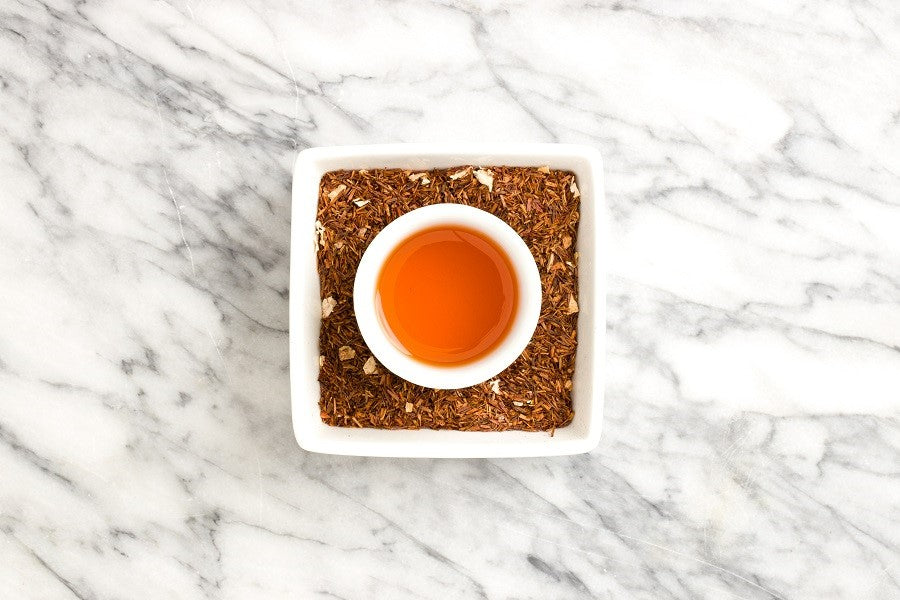For thousands of years, plants and flowers have been used for their natural healing properties. Many modern pharmaceuticals have been derived from plant sources, and surely many more will crop up in the future. Digitalis, a heart medication, comes from the purple foxglove. Vinchristine, an anti-cancer drug, is an alkaloid taken from vinca plant. Cascara sagrada is the bark of a tree that is used as a natural laxative. Quinine, which has been used to treat malaria among other things, originally came from the bark of the Cinchona tree.Just as many herbs and plants are beneficial, the opposite is also true. Oleander leaves contain a compound that is toxic to the heart. Philodendron plants contain oxalic acid, which will burn your mouth. Now why you would be munching on a philodendron to begin with is beyond me, but according to my medical source, it does happen.
That being said, there are many herbal infusions that you can blend on your own or purchase that will have numerous and varied benefits. Here are a few of the major players:
Rooibos – This plant is a bush that is native to South Africa, and contains a high amount of minerals and antioxidants. Often called “bush” tea or “red bush” tea, it has a naturally sweet aroma reminiscent of tobacco. Naturally caffeine free, it also contains zinc, potassium, fluoride, and manganese. It is fermented in a way that is very similar to tea, and the result is a fine, red leaf that brews into a deep reddish brown color. The longer you steep rooibos, the better it gets. You can see for yourself by trying our Red Rocks, a blend of rooibos with vanilla and almonds.

Chamomile – Chamomile flowers have a natural fragrance reminiscent of apples, which is the etymology of the word itself (“ground apple”). This herb is most commonly known for its ability to calm stress and soothe nausea and provide relief from aches and cramps. As it relaxes smooth muscle tissues, it is good for digestion and abdominal pain.
Peppermint – This age old classic herb contains menthol, which is great for congestion and colds. We have a tin of this at the store, and whenever I need a pick-me-up I just stick my nose in the tin and take a deep whiff and BAM! I am awake again! Peppermint is also recommended for upset stomachs, as it relaxes the smooth muscles in your stomach and digestive tract. It is also an antiseptic and anesthetic, making it useful for tooth or headaches. It freshens your breath and is a great, cooling drink when iced. It is also a component in our delicious Green Roasted Mint, my personal favorite.
-Anne Vickman
